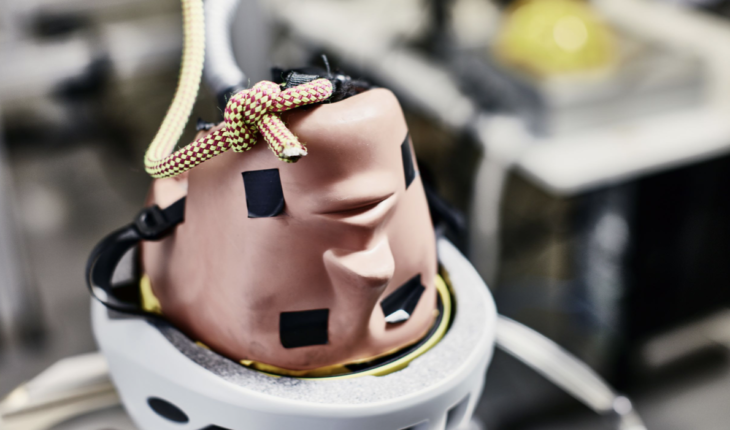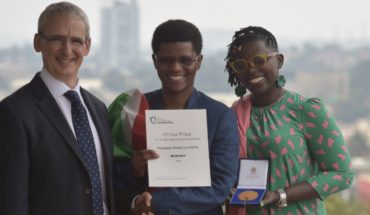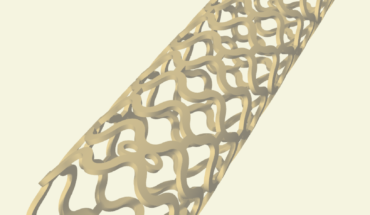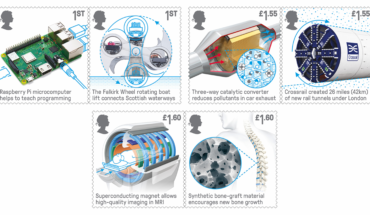Yesterday morning, WaveCel, through its exclusive licensee Bontrager, announced a new set of helmets featuring its new technology, a honeycomb-like insert that attempts to decrease linear impacts and duplicate MIPS’ proven ability to lessen the rotational motion associated with potential brain injuries such as diffuse axonal injury, subdural hematoma, and concussion.
WaveCel has made sizeable claims about the efficacy of its technology, stating on their website that it’s
“up to 48x more effective at preventing concussions”
than a regular EPS helmet, that “adding the WaveCel technology reduced [the incidence of concussion] to 1.2%,” and, via Bicycling magazine “the company says that a helmet with WaveCel will prevent a concussion 99 out of 100 times.”
Preliminary test results of WaveCel helmets by MIPS cannot substantiate these claims. While further testing is warranted, MIPS cannot see that the helmets perform in a way that the claims Bontrager/WaveCel makes in the comparison between WaveCel and other helmets/technologies.
Once additional testing is completed, MIPS intends to share that data with the public.
MIPS’ position on evaluating the possibility of a concussion resulting from a crash is that it is a highly variable event and unique to the individual impact and rider physiology. No two crashes are the same and no two people are the same, so the risk of concussion is a near-impossible claim to make. However, rotational motion itself can be measured objectively, so that is the metric MIPS can actually report and address.
For over 20 years, MIPS has been researching brain injuries and designed its system to reduce rotational motion transferred to the brain from angled impacts to the head, keeping people safer in the outdoors, from casual beginners to professional athletes. MIPS has conducted more than 22,000 tests in their state-of-the-art test lab in Sweden. MIPS’ own Dr. Peter Halldin, with Dr. Hans von Holst, has authored several academic papers on helmet impact biomechanics since 2001.
While MIPS finds it encouraging that more and more brands are acknowledging the damaging rotational motion, there is still a lack of an industry-wide standard from third party testing organizations to ensure accurate information for consumers – something MIPS called out earlier this month.
“We at MIPS have conducted more than 22,000 tests and we know that not all helmets are equally safe, not even the ones that claim to address rotational motion”, says Johan Thiel, CEO of MIPS.
“While we hope from a consumer standpoint that Bontrager’s claims are accurate, we are curious to see how it lives up to the tests conducted in our lab.”
“We are a company of scientists, so we’re approaching this in the spirit of collaboration inherent to scientific research. If together, we can make cycling safer for riders, then we will have honored our mission to make the safest helmets possible.”






